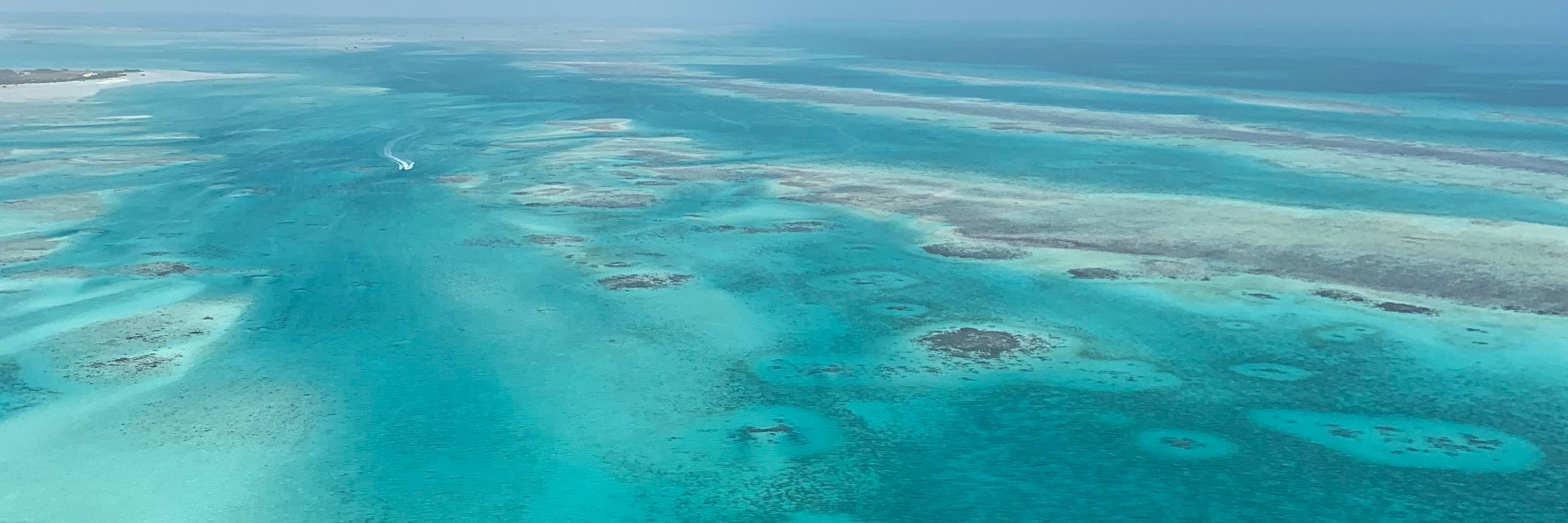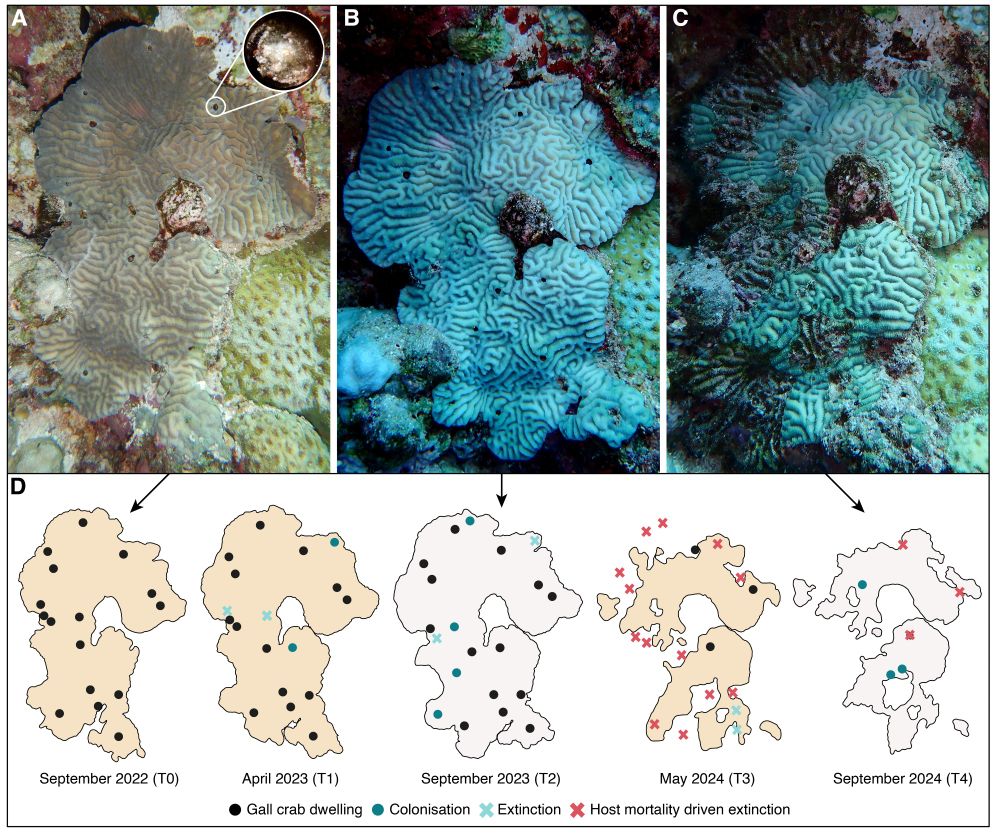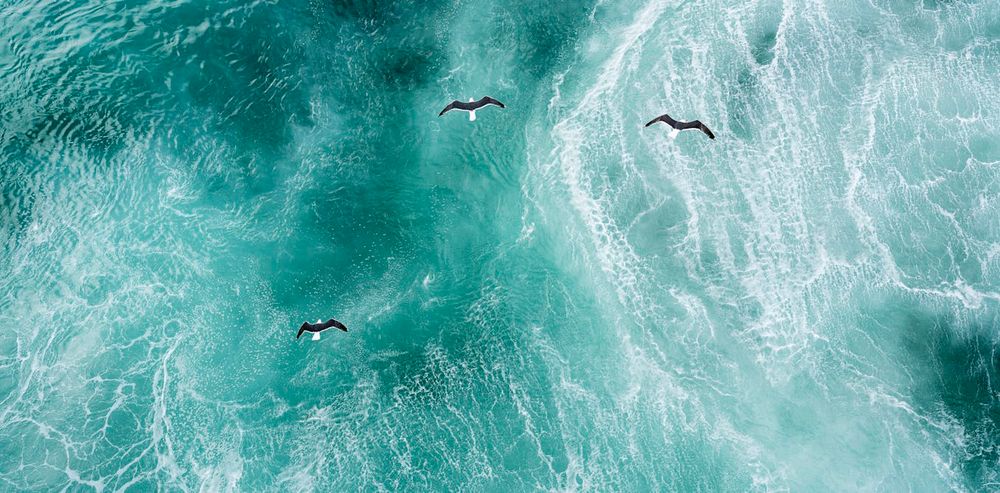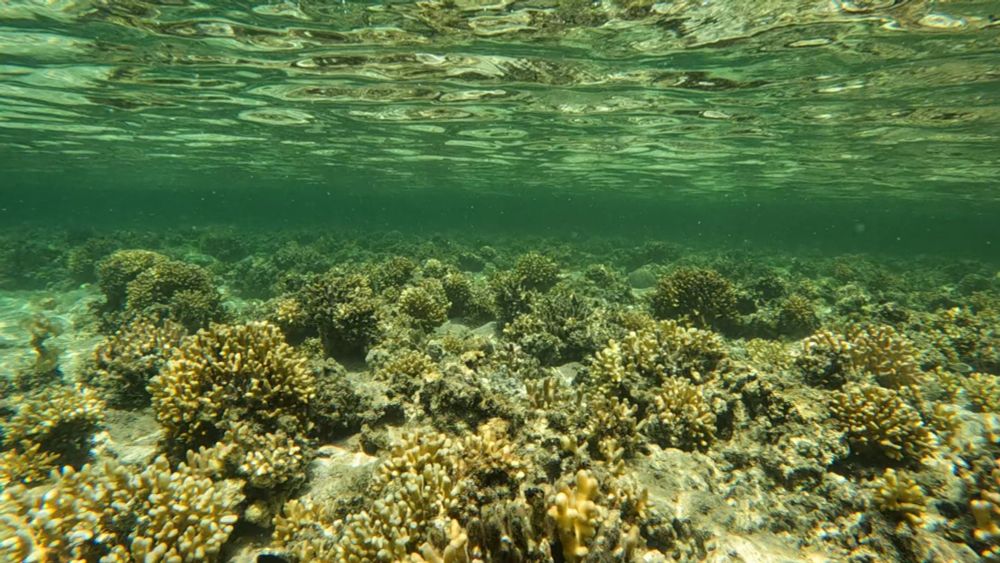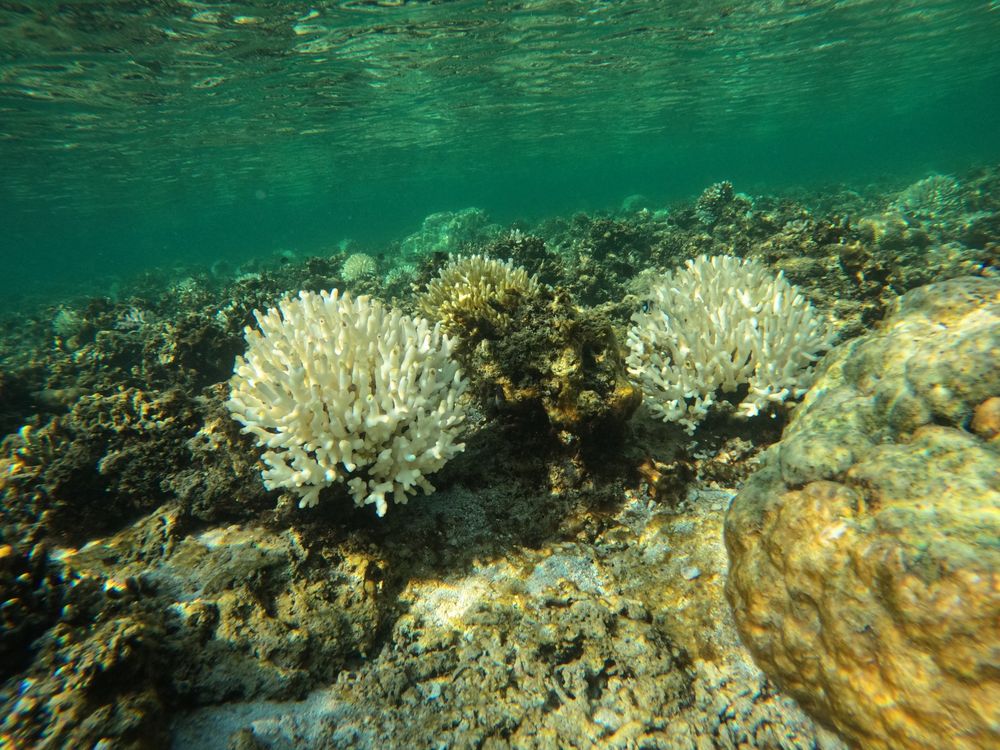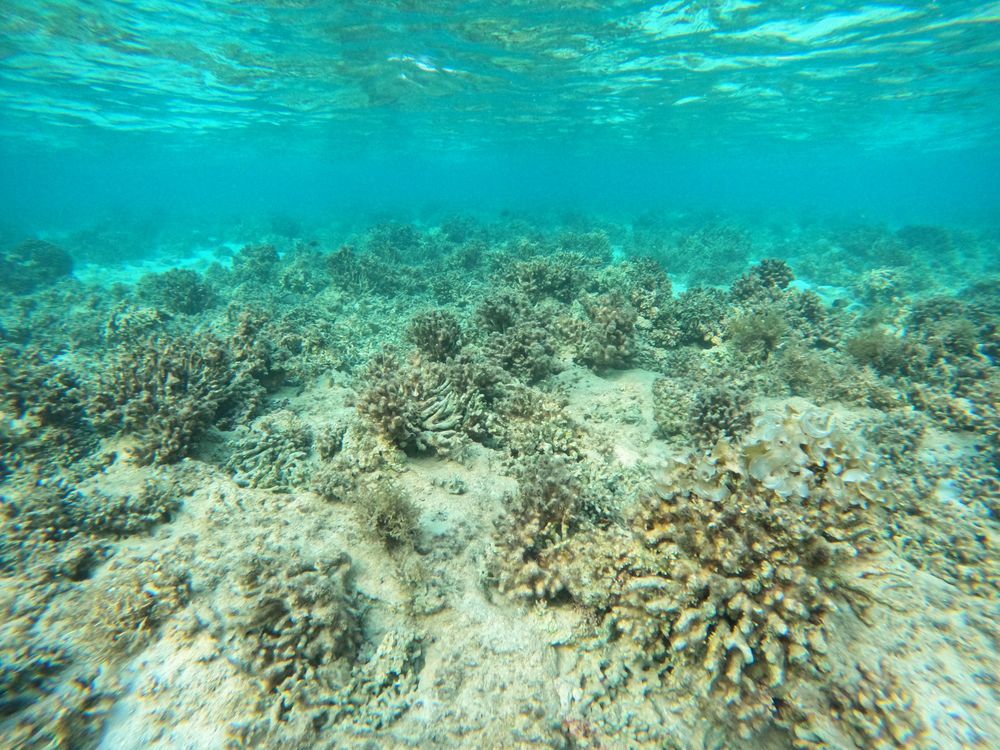Susanne Bähr
@coralsandcrabs.bsky.social
330 followers
120 following
98 posts
Marine scientist 🪸PhD candidate based at Red Sea shores 🔬 studying coral-associated crustaceans 🦀 enthusiastic diver and uw photographer 🐠
Posts
Media
Videos
Starter Packs
Susanne Bähr
@coralsandcrabs.bsky.social
· Jun 18
Susanne Bähr
@coralsandcrabs.bsky.social
· Jun 18

Temporal Dynamics and Disturbance Responses in Coral‐Dwelling Decapods Provide a Novel Perspective on Their Ecological Role in Coral Reef Systems
Our study investigates the temporal dynamics and disturbance responses of coral-dwelling gall crabs (Cryptochiridae), an overlooked yet ecologically significant group of obligate coral symbionts. By ....
onlinelibrary.wiley.com
Susanne Bähr
@coralsandcrabs.bsky.social
· Apr 22
Susanne Bähr
@coralsandcrabs.bsky.social
· Mar 12
Susanne Bähr
@coralsandcrabs.bsky.social
· Dec 18
Susanne Bähr
@coralsandcrabs.bsky.social
· Dec 18
Reposted by Susanne Bähr
Susanne Bähr
@coralsandcrabs.bsky.social
· Dec 10
